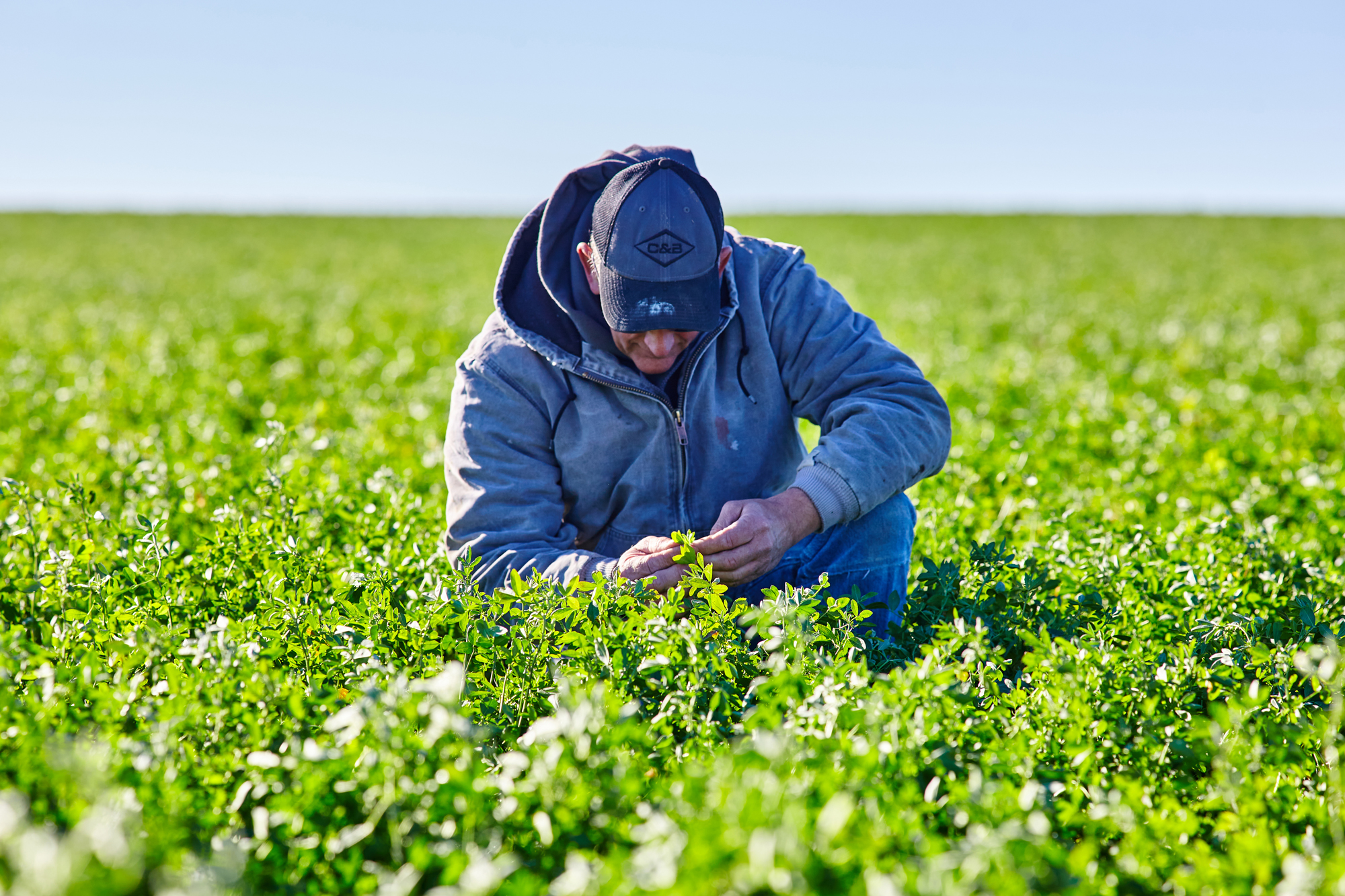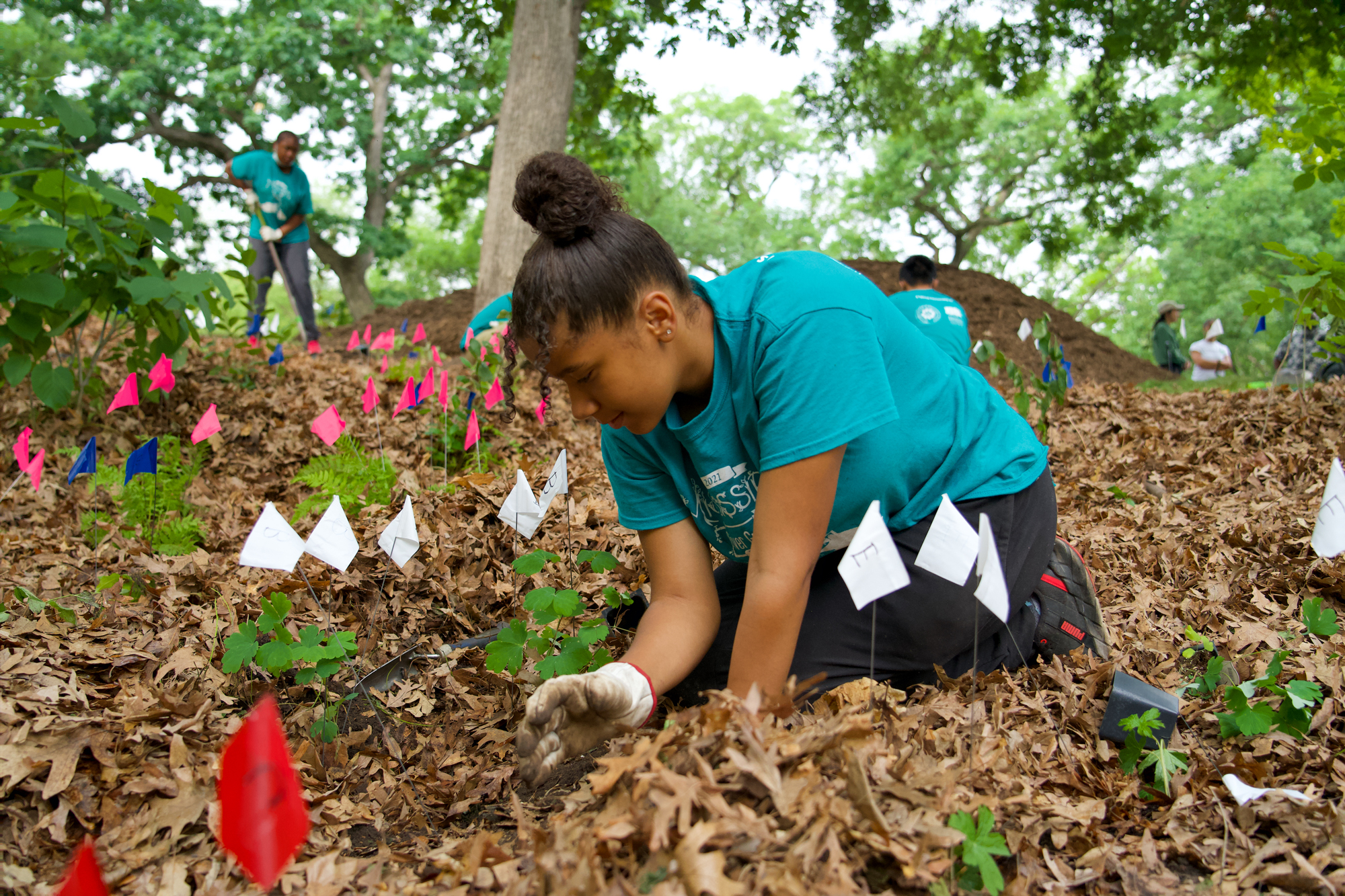From Dirt to Soil: Tom Griebel
By nature, Griebel likes to leave things better than he finds them, starting with his own family farm.
A few years ago, Tom Griebel noticed something was wrong with his soil. “It seemed more like dirt,” he says. “It didn’t have the mellowness to it. It didn’t flow off the chisel plow. It was dead.”
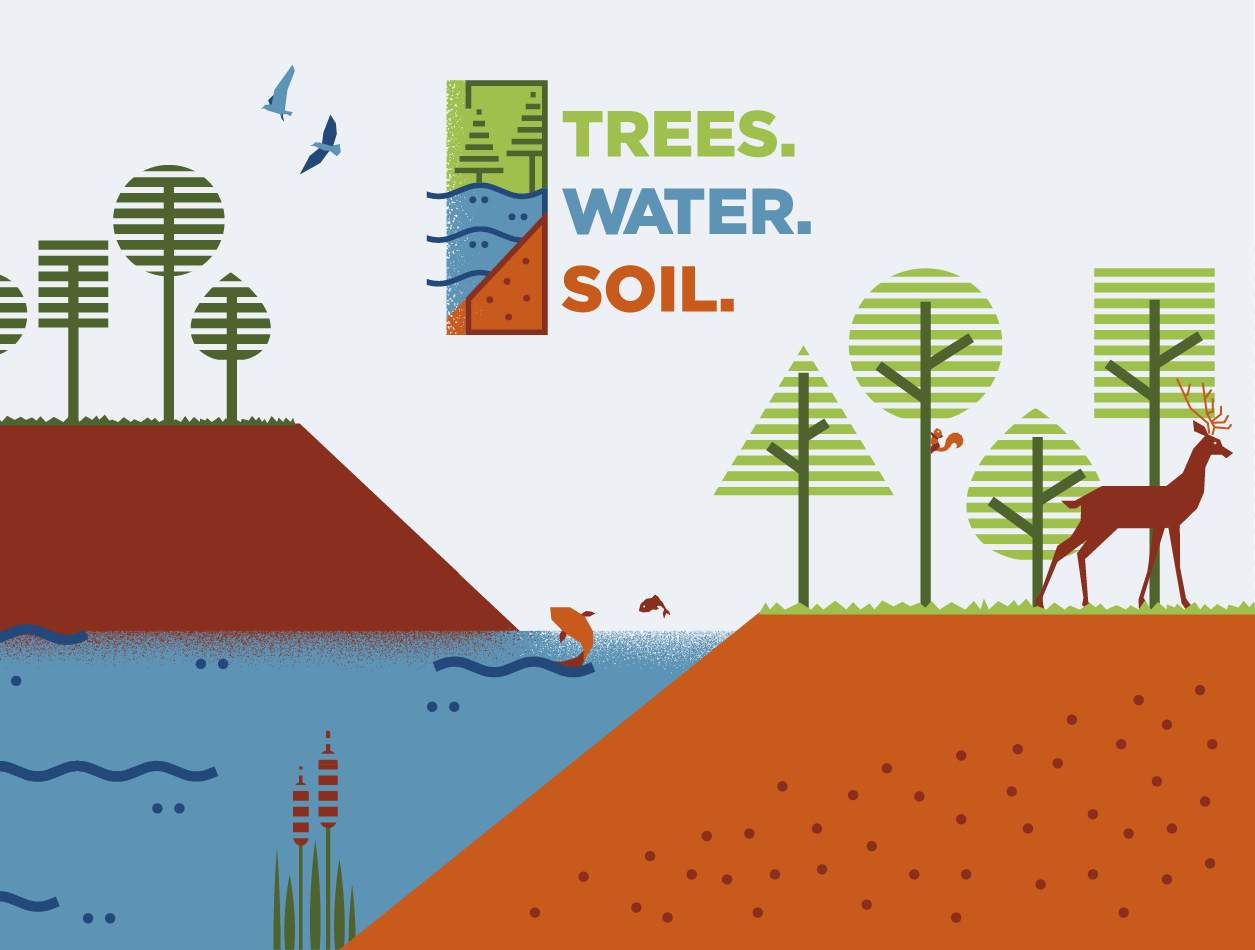
Curious about what might be wrong, Griebel attended a few presentations and discussions on soil health. He was used to thinking of soil health in terms of fertilizer—amounts of nitrogen, phosphorus and potassium, which are often added to fields to boost crop growth. But he soon learned that the concept of soil health had a broader meaning.
“It didn’t just mean fertility. They were talking about water solubility, organic matter and underground aquifers. Soil health leads to all of that. It’s bacteria and compaction and all of it,” he explains.
In addition to wanting healthier soil and to protect the area’s groundwater supply, Griebel wanted to optimize the way they managed the farm before his father’s eventual retirement. The family was looking for ways to decrease labor and fuel expenses.
After considering his options to improve the soil on his farm, Griebel came up with a plan. First, he decided to plant cover crops, which protect fields from erosion and nourish soil fauna. He tried the approach in the area where the soil was not doing well.
“Within two years, the soil was mellow. It wasn’t chunky,” he says. Over time, “the erosion has gotten less. The soil has gotten better.”
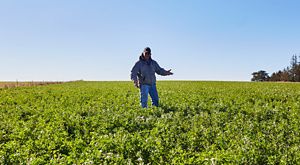

After trying cover crops, Griebel also began to pursue no-till practices, a technique of growing crops without disturbing the soil through tillage. His willingness to try it was based, in part, on an experience a few years ago when his family acquired new land to manage. The family who worked the farm before them did not do any deep tillage. As Griebel’s family began to plant crops in this new area, he expected the soil would be hard and compacted. Instead, he says, “I got to shift up a gear.” He thought, “What’s the scoop with this? The hard pan was not there. I started watching the soil a little bit. It seemed to be mellow.”
Quote: Tom Griebel
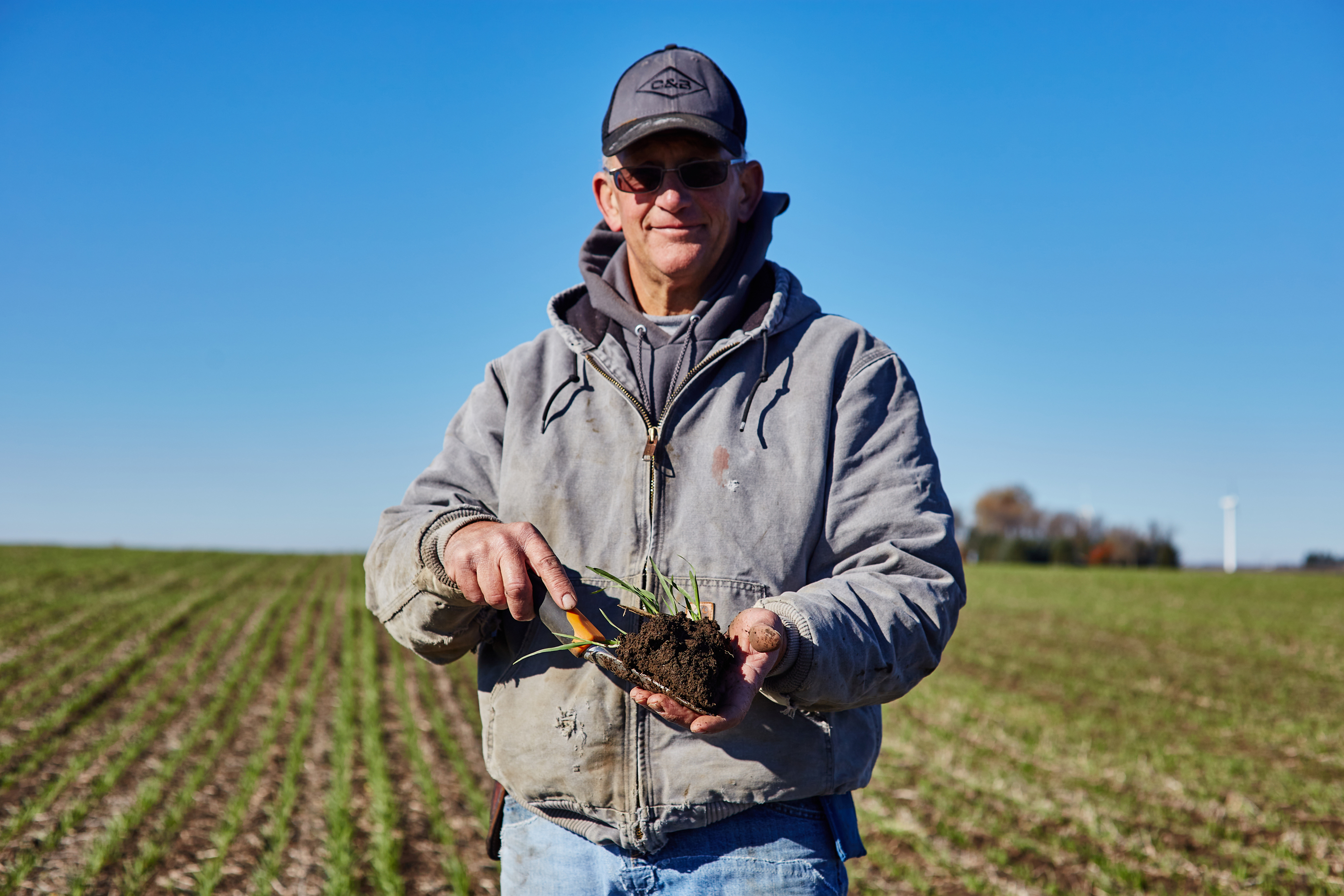
No-till requires more management...but in the long run, it’s a win.

Although there is specialized equipment to support no-till farming, Griebel says, “I do not have a special planter. I have to drive slower and check more regularly and make adjustments. You have to manage it a lot more.” He says he was warned about those differences when he started. But Griebel says the minimal extra effort is worth it.
“No-till requires more management—it does. A little more time. You have to climb out and spend an extra half hour adjusting things, but in the long run it’s a win.”
Griebel explains that better soil fertility leads to higher yields and income. “As soil health goes up, we can lower the inputs, fertilizer and things like that, even natural fertilizer like manure.” Griebel has been able to reduce his expenditures on labor and fuel. He encourages other farmers to look into programs that provide information and financial support to people who are exploring cover crops and no-till farming, which also store more carbon in the ground.
He recommends implementing new approaches on one part of the farm at a time. “I don’t advise anybody to go full bore,” he says. “Designate an area and work with someone to plant no-till or cover crops or both. Experiment with that for a year or two.” Griebel adds that it’s important to be patient. “Don’t just go by results in one year. It takes a few years to see the real benefit.”
Some of the farmers he speaks to about cover crops and no-till farming remain skeptical. “Half of them think I’m nuts,” he says, and “a quarter of them are where I was a few years ago. They know it’s something they’ll have to start paying attention to.”
Quote

If you eat food, you’re involved in agriculture.
For Griebel, agriculture matters to everyone, not only farmers. “If you eat food, you’re involved in agriculture. Everybody is going to have to be involved and get along in order for us to do it. We have to keep the consumer healthy and happy, and we have to keep farmers healthy and productive.”
Want More Stories?
Get new stories and timely action alerts so you can speak for our trees, water and soil.
Sign upBy nature, Griebel likes to leave things better than he finds them, and in addition to the financial gains he’s seen, he appreciates that his new farming approach is improving the soil year by year. He notes that more sustainable agricultural practices allow farmers to be proactive concerning potential regulations on water quality and other public resources.
“The plan is to leave the farm a mellow, fertile farm. We want to protect the soil and protect the water because we need it for the next generation,” he says. “I hope my daughter and son-in-law want to stay farming, and I’d like to leave the land in better shape.”
